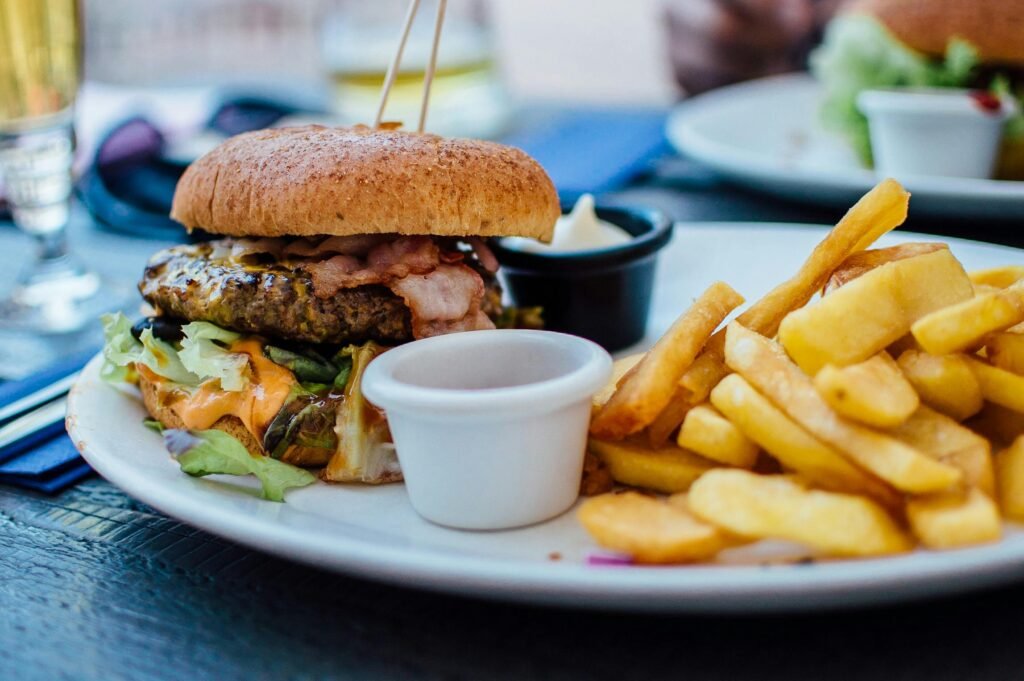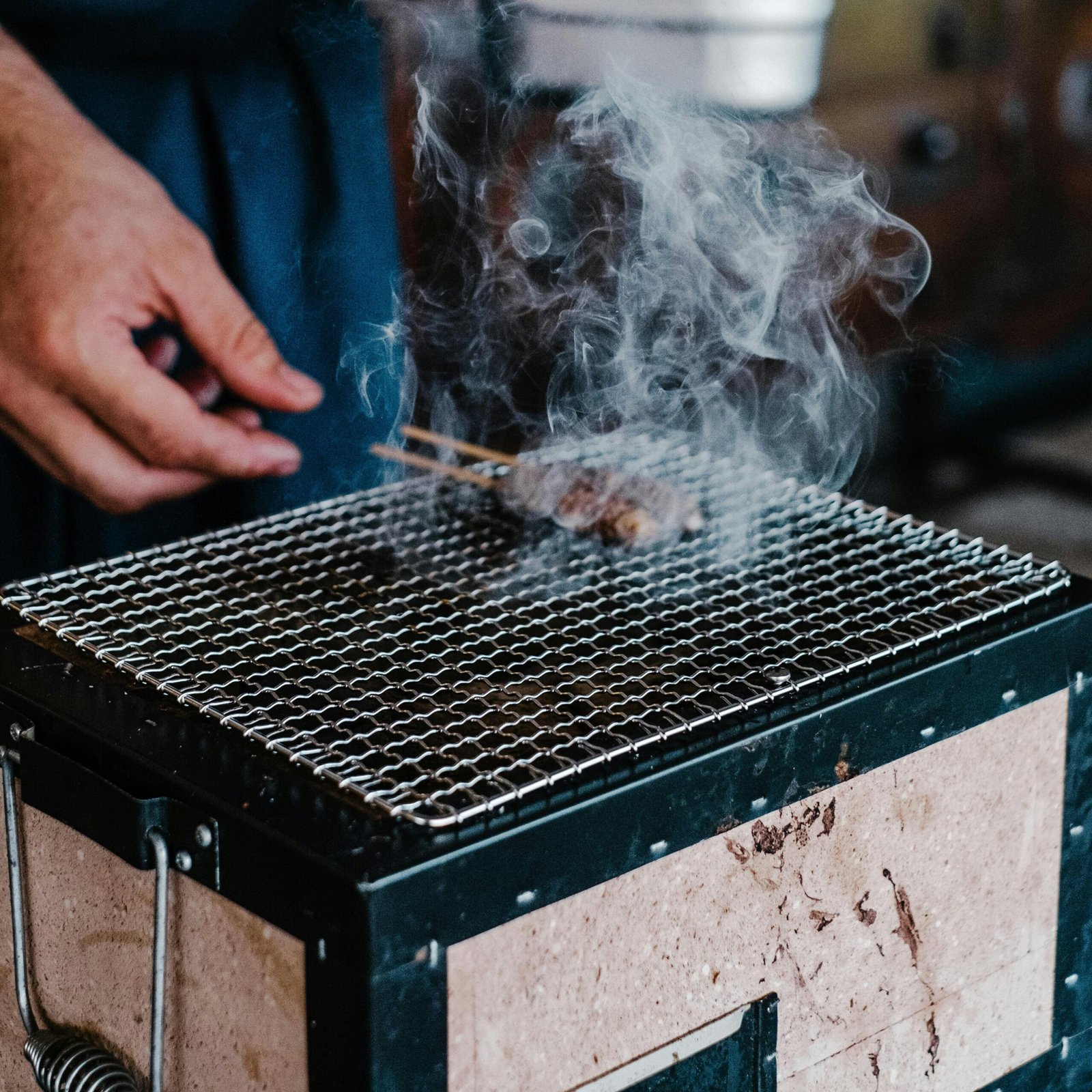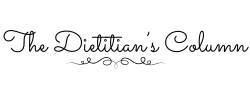
Cancer: A look At Carcinogens in the Diet
The number of cancer cases among men and women has increased between 2008 and 2018 . There are many factors which could affect the risk of developing cancer, one of which is the diet. In this article, we will look at what cancer is before zooming in on one of the modifiable risk factors: carcinogens in the diet, specifically food processing methods and food ingredients.
What is Cancer?
Cancer is an abnormal growth of cells within the body. Normal cells have instructions that tell them when to stop growing. With cancer, the cells grow but the instructions that say when to stop growing do not work.
Many modifiable factors, such as health behaviours (smoking, alcohol, etc.) and lifestyle factors (overweight/obesity), could trigger that abnormal growth. It is not something that happens overnight. Rather, the outcome occurs after maintaining those unhealthy practices for a long time.
The link between cancer and diet is rather complex, but so far, scientists have found that certain characteristics of food increase your exposure to carcinogens.
What is a carcinogen? It is any substance capable of causing cancer by disrupting normal cell growth. Now that you understand what a carcinogen is, let’s take a closer look at food processing methods that increase the presence of these carcinogenic compounds.
Cooking Methods and Carcinogens
Cooking food is not only about having a hearty and tasty meal; it is also about preventing spoilage and using up any available ingredients. Sometimes, foods are prepared to have a long shelf life, which is great for adding a complex flavour profile and for long-term storage. The problem, however, is that certain methods used to preserve and cook foods have been found to carry carcinogenic properties. These methods are smoking and Barbequing.
Smoking and Barbequing

Smoking and barbequing are separate processes that both use charcoal or wood to grill meat and, in the case of smoking, to infuse the flavour of the smoke into the meat. Unlike cooking meat on a stove where the pan acts as a buffer between the meat and the heat, Smoking/BBQ directly exposes the meat to the flames, heat and smoke. When this happens, the proteins in the meat break down and form compounds* that have been found to increase oxidative damage and cause mutations in cells, leading to abnormal cell growth.
Conclusion
The key is BALANCE! While it is not possible to avoid ALL carcinogens, you can incorporate foods that help to reduce the impact of carinogens on your body. Depending on your individual risk factors, foods prepared by smoking or barbequing may have to be eaten less often. But, to better understand what is suitable for you, keep up with your routine physicals and seek guidance from a Registered Dietitian.
References
- Gopaul, C.D., Singh, A., Williams, A. et al. Cancer morbidity and mortality trends in Trinidad and Tobago (2008–2018). J Health Popul Nutr 42, 58 (2023). https://doi.org/10.1186/s41043-023-00395-1
- J. Turesky, Prof. R. “Mechanistic Evidence for Red Meat and Processed Meat Intake and Cancer Risk: A Follow-up on the International Agency for Research on Cancer Evaluation of 2015.” Chimia 72, no. 10 (2018): 718. Accessed February 12, 2024. https://doi.org/10.2533/chimia.2018.718.
- Cover Photo by Robin Stickel: https://www.pexels.com/photo/fries-and-burger-on-plate-70497/
